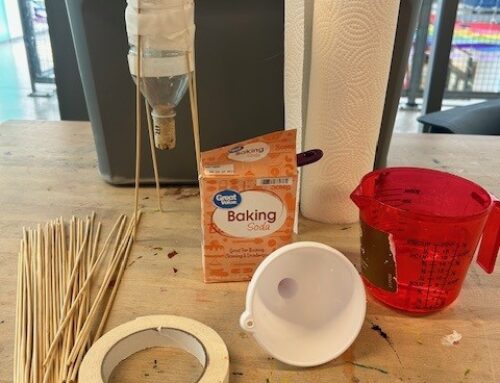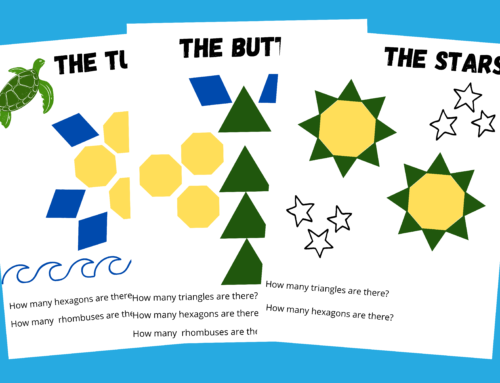Over the last two springs I have been working on a research project with Dr. Ethan Baxter of Boston College and his Every Rock Has a Story You Tube episodes. Dr. Baxter is a geoscientist, who started this project during the height of the Covid pandemic back in 2020. This two time Emmy nominated series is a perfect match for the geology loving students that sit in all of our classrooms.
My students and I have really enjoyed the STEAM sessions when everyone engages in being paleontologists. We learn that paleontologists study fossils of animals, plants, footprints and even eggs. Then we take a deeper dive into the act of digging out fossils.
Each year we start off with chocolate chip cookies and toothpicks, which we refer to as chisels. Students begin to excavate the chips out intact, after careful review of how to use the excavation too with precision, so that the chips can be extracted carefully. The students enjoy counting their chip “fossils” to see who can extract the most!
We carefully discuss the tools that a paleontologist needs and explore what’s inside a paleontologist’s field kit. The students are always amazed at the variety of tools and how simple some are, such as a paintbrush, fork or spoon. We watch an episode called #75 Fossil Fascination via Every Rock Has a Story. This episode engages all of the children and they are fascinated by the guest paleontologist’s knowledge and collection of materials as he takes them on a fossil hunt in Northwest Georgia.
While there are many ways to introduce what paleontologists study, dinosaurs seem to really grasp the students’ interest and make for several engaging lessons. Learning about fossils and dinosaurs from a geoscience lens the students end up experiencing a really fun exploration over a few weeks. We usually spend several weeks investigating all aspects of the work of a paleontologist. The children enjoy chipping away at plaster kits that allow them the experience of finding fossils and then piecing together their findings while utilizing the tools that support their academic role play.
Students have been engaged at a discovery center where they can find fossils buried in sand and can clean off their discoveries using various tools that help them handle their artifacts with exactitude. Students then identify and display their artifacts on a nearby tray after reviewing anchor charts that support them in the identification process of each found fossil.
Students take turns rotating through a variety of centers, including the ones mentioned above, to experience many different aspects of their work as a geoscientist/paleontologist. They enjoy putting together puzzles, both floor sized and mini-models of dinosaurs. They become actively engaged in role play using a dinosaur carpet, creating large scale dioramas, and using clay to create their own fossils impressions.
This is a fun unit and ties in nicely with the 3rd grade NGSS standard: NGSS 3-LS4-1: Analyze and interpret data from fossils to determine the relative age of organisms and their environments.










Leave A Comment